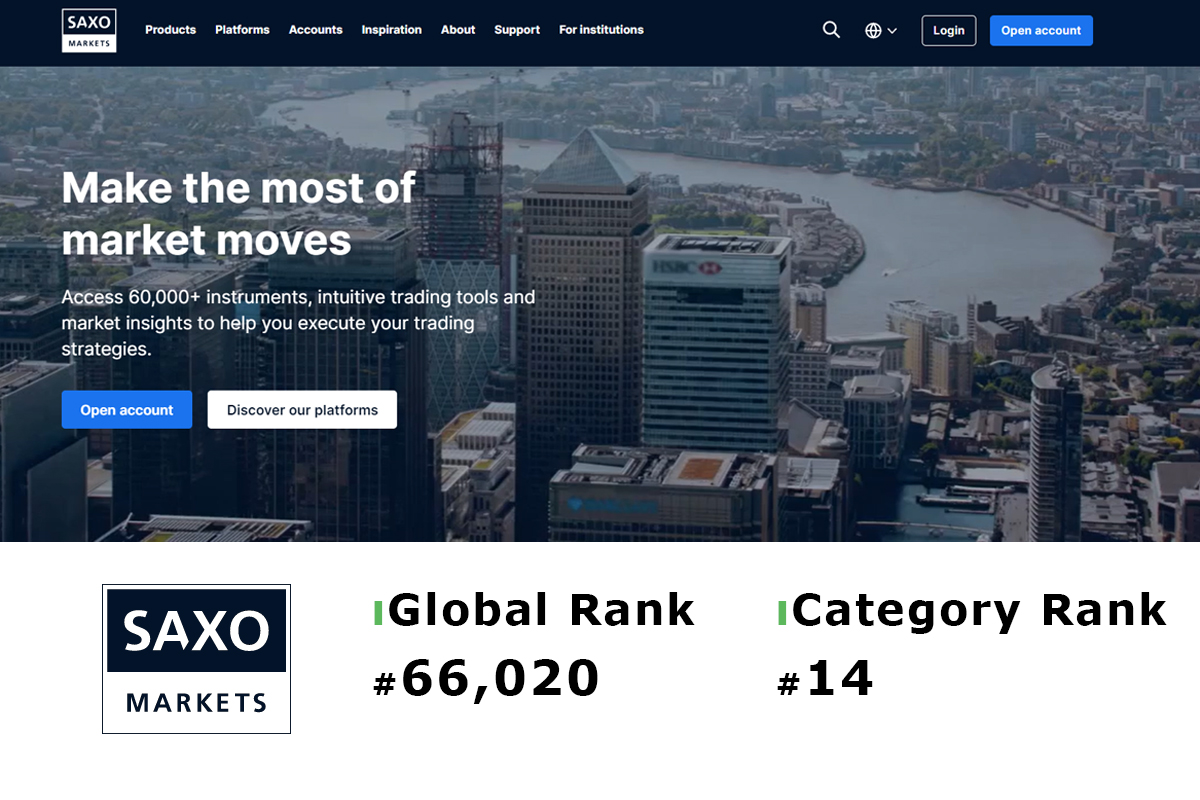Defining the Chande Momentum Oscillator
The Chande Momentum Oscillator (CMO) is a technical analysis indicator used to measure the momentum of a security’s price. It was developed by Tushar Chande and first introduced in the book, “The New Technical Trader.” The CMO oscillates between +100 and -100 and is calculated by comparing the sum of all gains over a specified period with the sum of all losses over the same period.
The CMO is similar to other momentum indicators, such as the Relative Strength Index (RSI) and the Stochastic Oscillator. However, the CMO differs in that it places more emphasis on the closing prices of the security being analyzed, rather than high and low prices. This focus on closing prices makes the CMO particularly useful for identifying trend reversals.
In this article, we will provide a professional guide to analyzing the Chande Momentum Oscillator.
Methodology: Analyzing the Chande Momentum Oscillator
Step 1: Understanding the Overbought and Oversold Levels
Like most oscillators, the CMO has overbought and oversold levels. Typically, a reading above +50 is considered overbought, while a reading below -50 is considered oversold. Traders can use these levels to identify potential trend reversals. For example, a security that has been trending upward and is now overbought may be due for a pullback.
Step 2: Identifying Divergences
Divergences occur when the CMO moves in the opposite direction of the price action. For example, if the price of a security is trending upward, but the CMO is trending downward, this may indicate that the trend is losing momentum and could soon reverse. Conversely, if the price is trending downward, but the CMO is trending upward, this may signal that a reversal is imminent.
Step 3: Using the CMO in Conjunction with Other Indicators
The CMO is most effective when used in combination with other technical analysis indicators. For example, traders may use the CMO in conjunction with moving averages or trend lines to further confirm potential trend reversals. Additionally, traders may use the CMO in combination with other momentum indicators, such as the RSI or the MACD, to identify potential trading opportunities.
Step 4: Analyzing Multiple Time Frames
Traders should also analyze the CMO over multiple time frames to gain a more comprehensive understanding of the security being analyzed. For example, a security may appear oversold on the daily chart, but overbought on the weekly chart. By analyzing the CMO over multiple time frames, traders can identify potential trading opportunities and minimize risk. (For “How to CFD day trading?)
In conclusion, the Chande Momentum Oscillator is a powerful technical analysis tool that can help traders identify potential trend reversals and trading opportunities. By understanding the overbought and oversold levels, identifying divergences, using the CMO in conjunction with other indicators, and analyzing multiple time frames, traders can gain a comprehensive understanding of the security being analyzed. However, it is important to remember that no single indicator can provide a complete picture of a security’s price action, and traders should always use multiple indicators and analysis techniques to make informed trading decisions.












